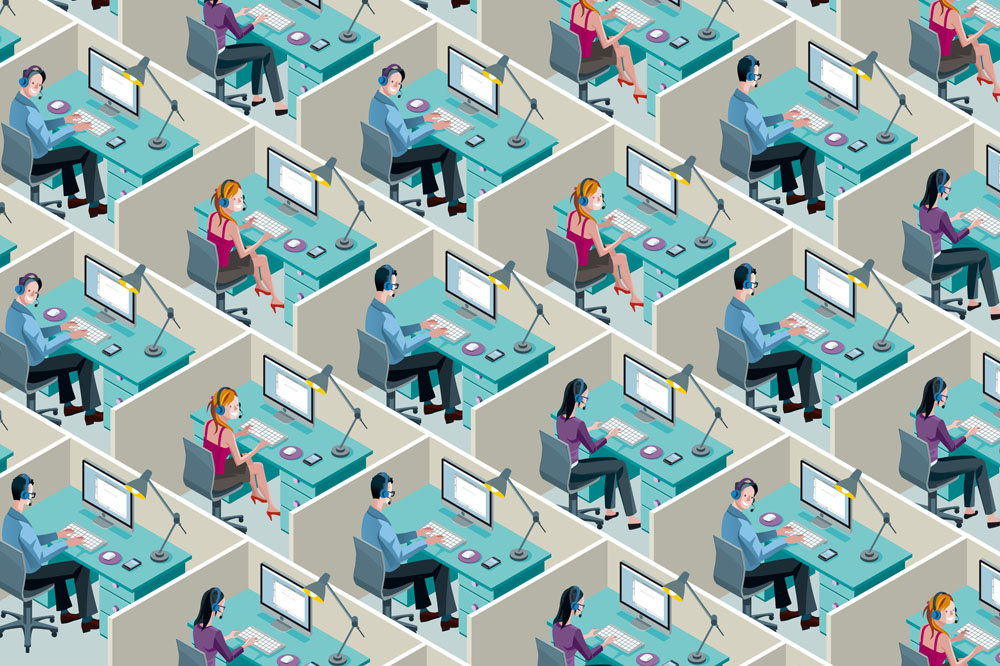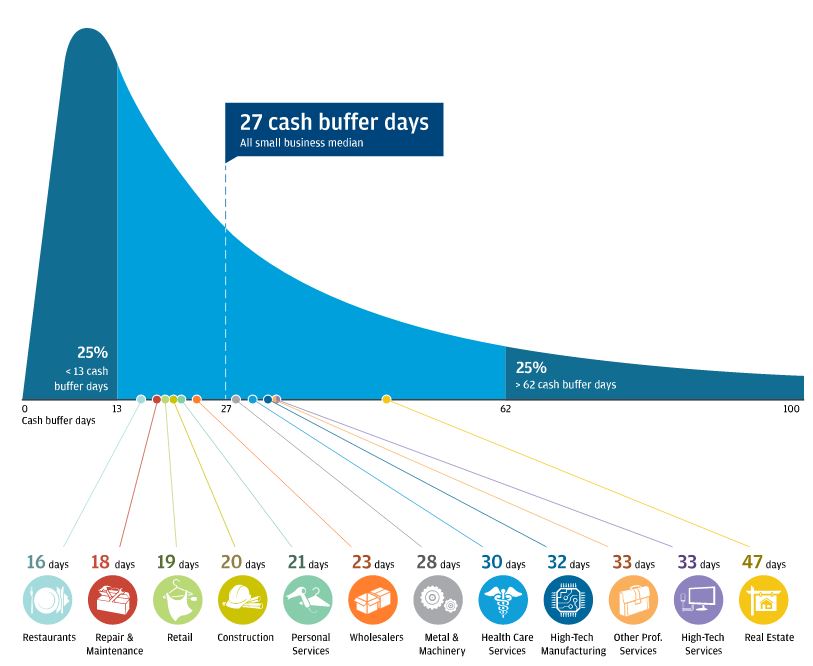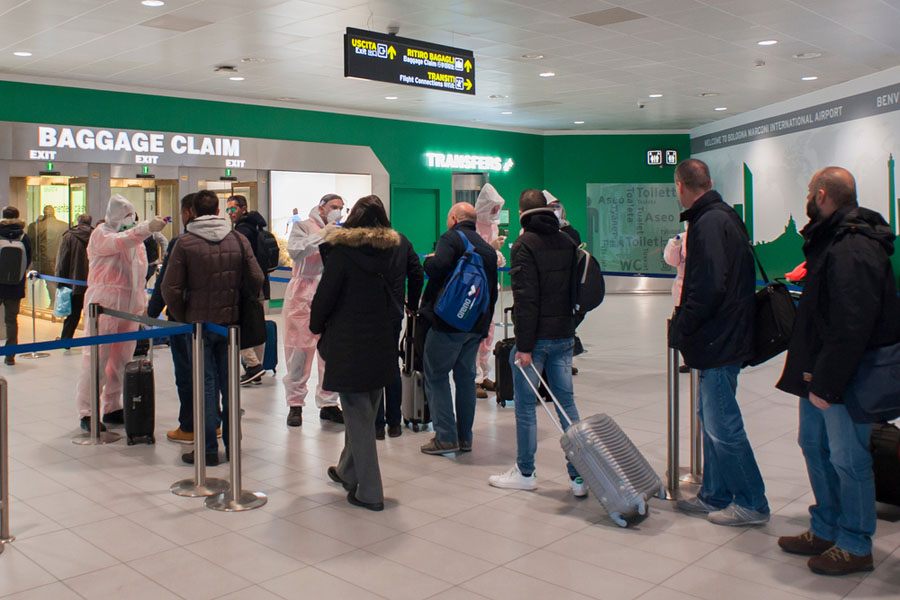In a previous article, I showed that the confined French were adopting new consumption habits. Their research on the Internet shows this. But how will we react once deconfinement is allowed? Will we go back to our little practices or will our behaviour change? What will be the economic impacts of these new behaviours and how will companies have to adapt? This is what I suggest we explore in this article.
This analysis is part of a series on the consequences of the Covid19 on various industries:
For more insights and exclusive anaysis, subscribe to our newsletter (no more than 6 per year unless we have something very important to tell).
Summary
- The psychological impact of confinement
- The impact of confinement when resuming professional activities
- The impact of confinement when resuming non-professional activities
Overview
Several scientific studies show that the containment due to COVID-19 causes psychological distress among the population. The confinement will leave traces that will affect our behaviour in the professional and private spheres in the medium term. Companies will have to adapt to new expectations from employees on the one hand, and customers, on the other. In this article, we look into the future and try to envisage what the post-COVID-19 world will resemble.
The psychological impact of confinement
It would be naive to think that the effects of confinement will only be temporary. In Belgium, researchers at the University of Leuven and the University of Antwerp had an excellent idea of using a quantitative measurement instrument to assess the mental health of the population. The device is called the GHQ-12, and it is a standard for measuring psychological distress. Used at regular intervals, it makes it possible to monitor changes in the population’s psychological conditions. The first results revealed on 06/04/2020, are not reassuring. Whereas in regular times, 18% of the population declares to be in a situation of psychological distress, this figure has now risen to 52%. Psychological discomfort increases to 67% when a relative is affected by COVID-19, and to 73% when one is affected oneself.
The survey also shows that it is young people who are most affected. There seems to be a correlation between psychological distress and age, except that this time it is the older people who seem to be the most resistant. Thus 2/3 of the 15-25-year-olds say they suffer from confinement, compared to 1/3 of those over 65.
General Health Questionnaire (GHQ), a scale for measuring psychological distress
The GHQ is a psychometric scale that measures psychological distress. Developed in 1970, there are several versions. The most complete has 60 items, the shortest 12. The latter was chosen to survey the Belgian population during confinement. The questionnaire makes it possible to assess 4 distinct types of symptoms:
- associated with depression
- associated with anxiety and insomnia
- associated with social maladjustment
- associated with somatisation
The impact of confinement when resuming professional activities
In the sphere of work, the first victim of the Coronavirus will be the kiss. Dear to the French, this practice of socialisation seems extremely risky at the moment. Who will accept, in the absence of a vaccine, to retake this risk? Paul Taylor (see video below) could well take his revenge on “la bise”.
More seriously, this period of confinement will leave its mark on our work habits. I have heard it said here and there that confinement signals the advent of teleworking, that the Coronavirus will have got the better of useless meetings and that we will finally be able to work remotely. That would be a quick fix. Whatever one may say, man is a social animal, and the survey of Belgian universities clearly shows that confinement affects the population psychologically, and first and foremost, those who are not retired. You will also notice that the quantitative survey includes a section on “social maladjustment”, and this is not the least important. We need human interactions, and these cannot be done as effectively at a distance (see Dr Tourpe’s explanations on this subject in this article). Dreaming of a delocalised professional activity is entirely perfect. It is to think that work is a purely transactional activity, when in fact it is above all a relational activity. This is evidenced by this study mentioned in the Harvard Business Review:
Remote work, while undeniably cost-effective, tends to inhibit collaboration even over digital channels significantly. While studying a significant technology company from 2008 to 2012, we found that remote workers communicated nearly 80% less about their assignments than collocated team members did; in 17% of projects, they didn’t communicate at all. The obvious implication: If team members need to interact to achieve project milestones on time, you don’t want them working remotely.

Because it is not generally possible to work efficiently at a distance, companies must prepare to welcome their employees back as soon as possible. However, they will require security measures to be put in place, such as a minimum distance between colleagues or mechanical barriers. This could lead companies to introduce rotations to reduce office capacity. Still, it could also put an end to the old fashion for open-spaces, which everyone agrees are destroying productivity. As the same article in the Harvard Business Review points out, open spaces have already led to a 70% reduction in social interactions, and this reduction has been detrimental to productivity.
Teleworking, while undeniably profitable, tends to hamper collaboration, even over digital channels significantly.
Ethan Bernstein and Ben Waber, HBR
Working in the office tomorrow may well lead to a complete rearrangement of workspaces and habits. Open spaces, which are so practical and affordable, could disappear in favour of more partitioned areas, with a minimum distance between workstations on the one hand, and mechanical protection between employees on the other. The principle of American “cubicles” seems an excellent short-term solution. This will give work to companies producing and distributing lightweight partitions. Innovative solutions should also be developed to protect employees without obstructing interactions. Finally, special attention will undoubtedly be given to the destruction of pathogens. Cleaning services are expected to grow, and IT equipment may need to be adapted to support more frequent cleaning. When was the last time you cleaned your keyboard?
The impact of confinement on daily and leisure activities
The other issue is the resumption of our extra-professional activities, in short, our life outside of work. How are we going to do our shopping after COVID-19? How are we going to entertain ourselves after COVID-19? How are we going to get around? The measures envisaged by Italy give us a glimpse of what our life could be like after COVID-19, at least until vaccination is found.
Shopping
The success of online shopping will lead to new consumer habits. Likely, a significant proportion of consumers newly converted to this mode of purchase will continue to shop this way (see also our analysis of the 5 retail trends). We will, therefore, see a gradual shift in the retail sector towards home deliveries, Click and collect and collection points. Stores will be less frequented, and customers who continue to go to them (especially the older age groups) will demand that measures be taken to ensure their safety. The disinfection of shopping trolleys, more frequent cleaning of surfaces touched by customers. Disposable gloves, redesign of sales outlets to allow “safe distances” to be kept between customers. All these changes will affect the profitability of the points of sale.
Entertainment
The post-COVID-19 phase will also impact our entertainment. We won’t entertain ourselves as we did before. The younger generations, those who have suffered the most from isolation, will have a desperate need to rebuild social ties. It is reasonable to think that festivals and cinemas, for example, will still be frequented. But this is without counting on the measures that the authorities could impose as long as the virus is likely to strike again. Here, we can bet on a drastic reduction in capacity to limit contacts, like the White House press room.
On the other hand, for the more elitist hobbies, my predictions are more pessimistic. Let’s think, for example, of concert halls, operas, museums. The clientele is mostly elderly, financially comfortable and cultured. Will they accept, in the phase following de-confinement, to take risks by going to these places where a minimum distance cannot be guaranteed? We can, therefore, bet that the traumatic shock of the COVID-19 will, no doubt temporarily, lead to a reaction of distrust that will affect attendance at cultural places.
Eating out
The confinement has struck restaurants and bars. These establishments were the first to close, and the Italian example shows us that they will probably be the last to reopen. Given their limited cash flow, a majority will not survive the crisis. For those who do survive, the aftermath of COVID-19 is not a happy one. It is to be expected that minimum distances will have to be respected, either because the authorities impose them or because customers expect them. This will result in a loss of capacity that will need to be compensated in some way, for those facilities that continue to operate. The result? Less staff, to reduce operating costs (thus fewer precarious jobs), new rules for customers such as space occupation limited in time or an obligation to consume.

Travelling, Moving around
And then, of course, we have to talk about travel. Public transport will have to impose minimum safe distances as a first step. This is in any case what is being proposed in Italy. Transport capacity will be reduced, which will mechanically reduce the use of workplaces. Alternating teleworking will, therefore, be introduced.
In the case of long journeys in a confined space (for example in an aircraft), transport will be resumed for several months only after the health of the passengers onboard has been checked. The temperature readings that were the rule will probably be replaced by a rapid pre-boarding test of the presence of the viral load in the blood. Any passenger testing positive will be isolated and will not be allowed to board. In the long term, we can even imagine that the gantries where tickets are scanned to access the boarding area could take on board the equipment necessary to measure body temperature. Specific insurance will be taken out to cover this risk.
Conclusions
This forward-looking exercise is, of course, challenging and highly random. But it is reasonable to think that the confinement and crisis of the Coronavirus will leave psychological traces that will affect our future behaviour. These behavioural changes are likely to continue until vaccination is available. A return to normality (if possible) can only be achieved through the availability of an antidote. In the meantime, however, many parts of our economic activity will have been affected. Some will have disappeared. Others will have to reinvent themselves. While major upheavals usually result in revolutionary innovations, the price to be paid is not negligible, so we can only hope that the lesson has been learned.
Illustrations: Shutterstock
Posted in Research.


